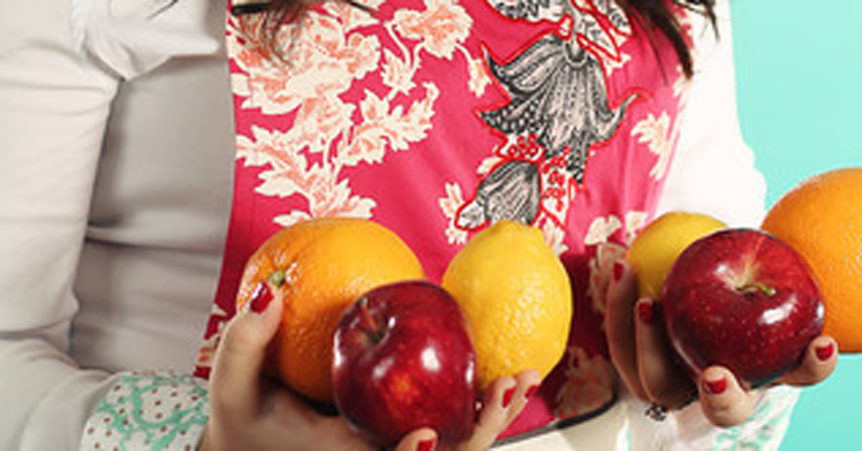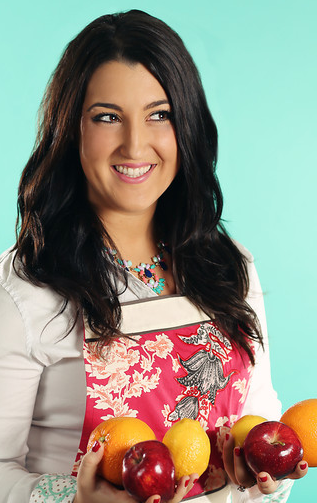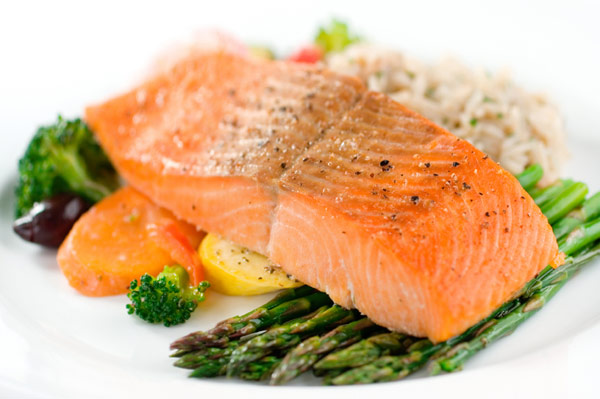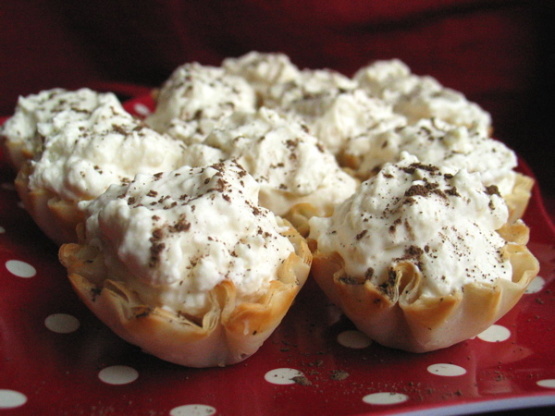November is diabetes awareness month. I have many people in my family that are diagnosed with type two diabetes and one of my best friends has type one diabetes. When I studied nutrition, diabetes was a topic with a lot of information and guidelines yet there is still much research to be done. We are constantly learning more and more about the disease as it remains a global hot topic affecting 371 million people worldwide with an alarming 187 million of that number not even knowing they have the disease (according to the International Diabetes Federation [IDF].)
Diabetes is a life changing disease and a disease that can come with many frightening complications. However, with the right education and the right guidance many people go on to live long, healthful, and wonderful lives with their diabetes diagnosis.
I think most importantly, it is necessary to understand why our blood glucose levels rise and what the causes are. Foods that contain carbohydrates affect blood glucose levels the most. More so, foods with only carbohydrate raise blood glucose more quickly than those that also contain fats and protein. As a result, when foods that are high in carbohydrate are paired with foods that also have fats and protein in them the meal has a slower impact on blood glucose. This is because the fats and proteins in the food slow down the absorption of the carbohydrates.
Exactly how quickly and how much someone’s blood glucose levels rise depends on not only food composition but also on the portion side and the timing of the meal. As mentioned before, carbohydrates will cause blood glucose to rise the most and the most quickly but there are even subcategories within the umbrella of carbohydrates. Liquids that contain carbohydrates, like milk and juice, will cause blood glucose to rise faster than solids that contain carbohydrates, like bread. This is why when someone feels faint due to low blood sugar (hypoglycemia) we offer orange juice. This is because of the body’s ability to break liquids down more quickly than solid food. The transition from digestion to blood is quicker with liquids.
The amount of food that you eat, or portion size, will also have an impact on blood glucose levels. Eating larger portions will cause blood glucose levels to rise more than eating smaller portions due to the amount of carbohydrate grams in said serving. There are many websites like, http://www.carbscontrol.com, where you can visit to find out how many grams of carbohydrates are in a given food or recipe. While meat and other proteins do not contain carbohydrates (unless you add breadcrumbs or marinade) the vegetable, fruit, and dairy food groups do contain them. One serving from each of these groups contains about 15 grams of carbohydrates therefore eating one serving from any food from these three groups will impact your blood glucose level in about the same way.
Lastly, lets discuss timing. Blood glucose levels are affected by the timing of one’s meals and snacks. If you are consistent about eating throughout the day you can stabilize your blood sugar more effectively. When counseling diabetes patients, I usually suggest eating three meals and possibly one or two snacks between said meals to help keep their blood glucose levels more consistent. This is because when the sugars in blood do not have time to deplete entirely, the body slows down absorption and allows for a more passive process rather than working eagerly to replace loss sugars. Additionally, this entirely depends directly upon a patient’s weight, height, age, and other medical conditions.
Education is ultimately the answer to controlling diabetes as with most conditions. It is important to understand that not every case is the same and not everyone diagnosed with diabetes reacts the same way. Those diagnosed with pre-diabetes, gestational diabetes, type one, or type two, should eat the amount of carbohydrate recommended by their doctor or dietitian as it is determined based on individual assessments done by a licensed professional. This post only scratched the tip of the iceberg that is diabetes and I would love the opportunity to discuss this topic further with anyone that has questions or personal concerns. Feel free to comment below or send an e-mail to Taylor’s website!
Here is a great diabetic friendly holiday treat!
Tiramisu Bites
Servings: 30
Ingredients
12 ounces whipped cream cheese
2 tablespoons Stevia in the raw
1⁄4 cup brewed coffee, cold
1⁄2 teaspoon vanilla extract
1 cup TruWhip Light
30 frozen miniature phyllo tart shells
Directions
Combine cream cheese, Stevia, coffee and vanilla in medium bowl and mix until smooth. Cover and chill 2 hours. Fold in TruWhip. Using a spoon or a pastry bag, fill tart shells. Chill in refrigerator for 30-40 minutes before serving.
Calories 43, Total fat 2g, Total carbs 1g, Sugars 2g, Sodium 28mg
In health we trust,
Nicole Petrocelli, RDN/CDN





